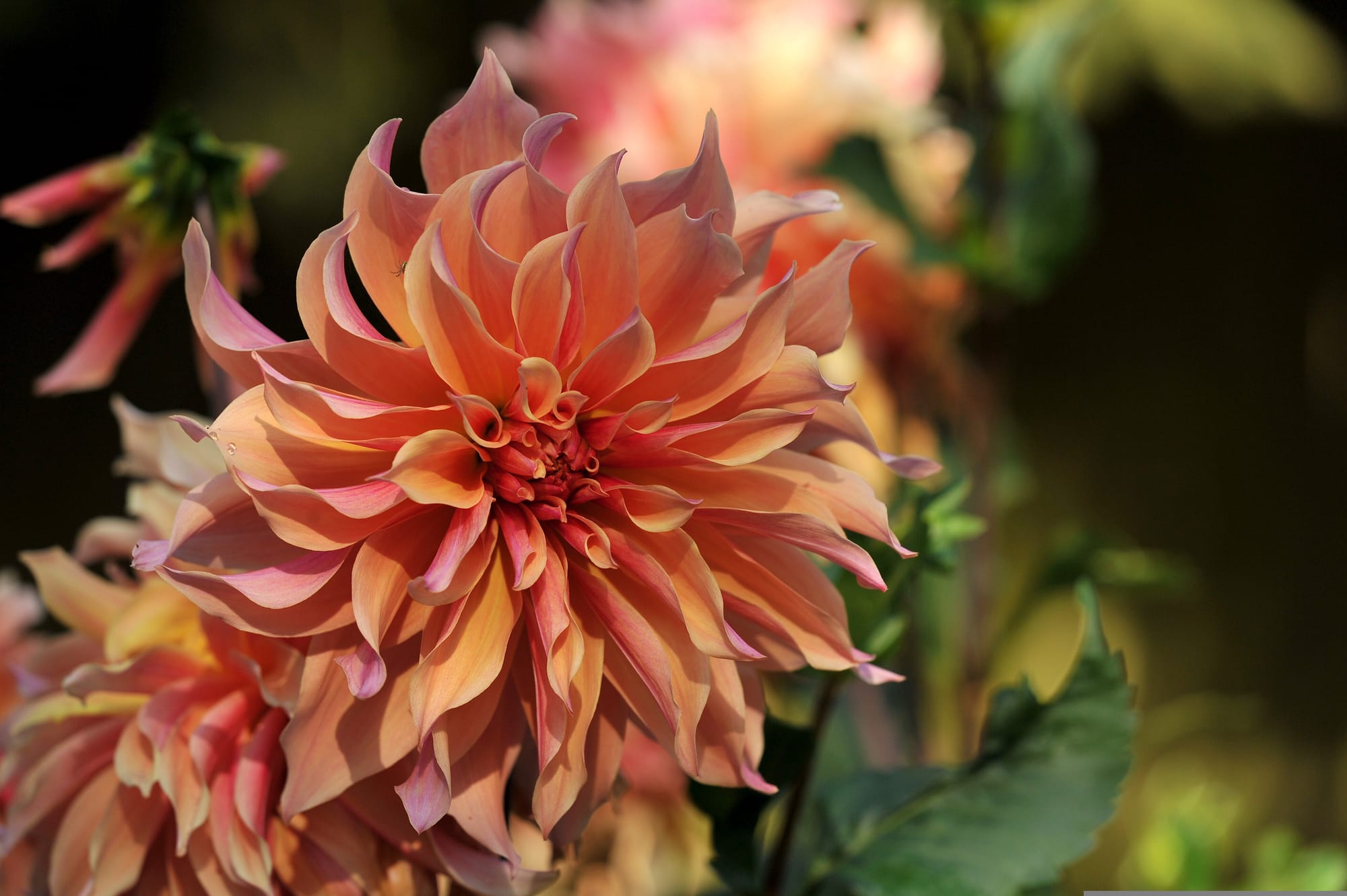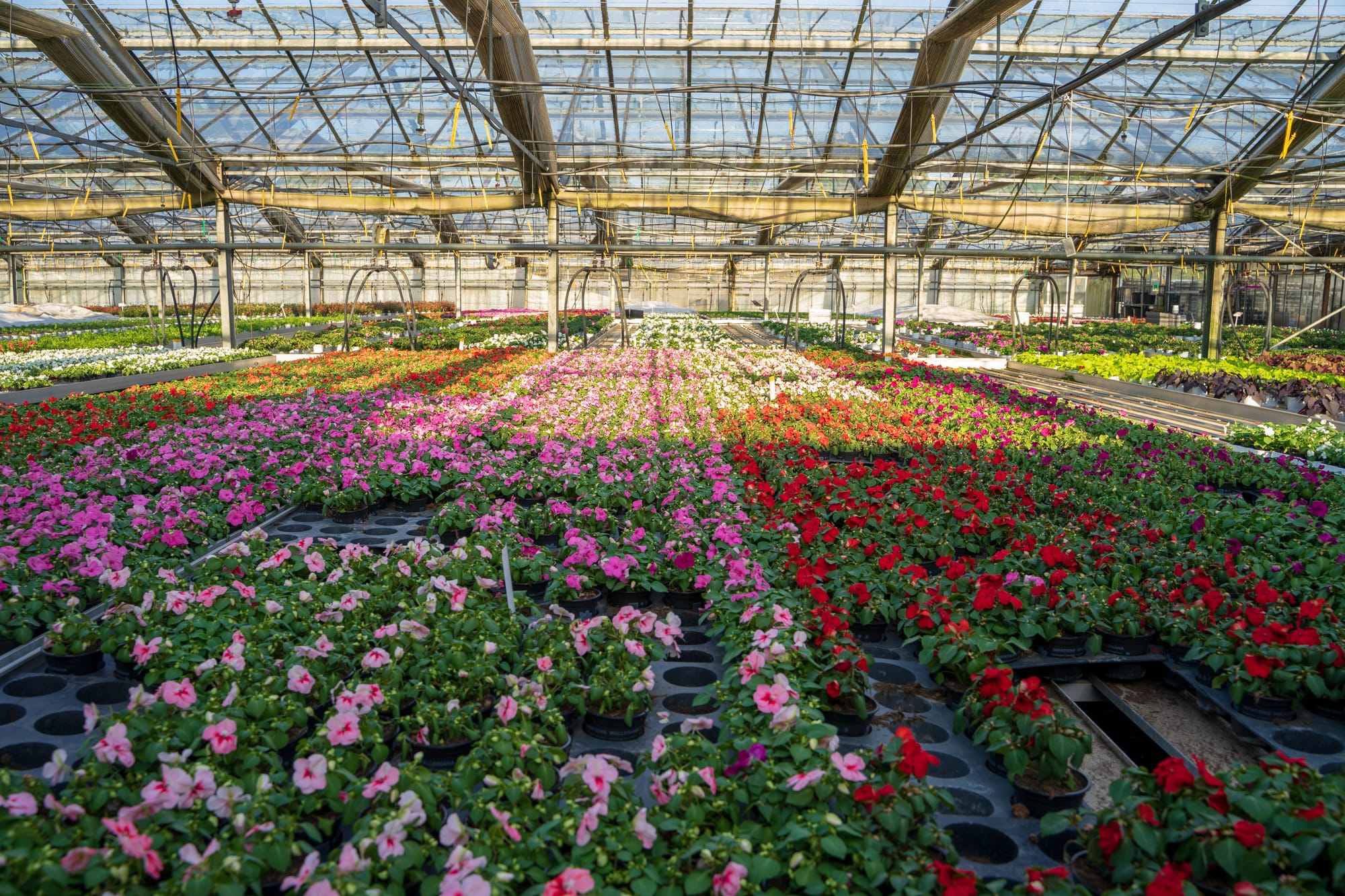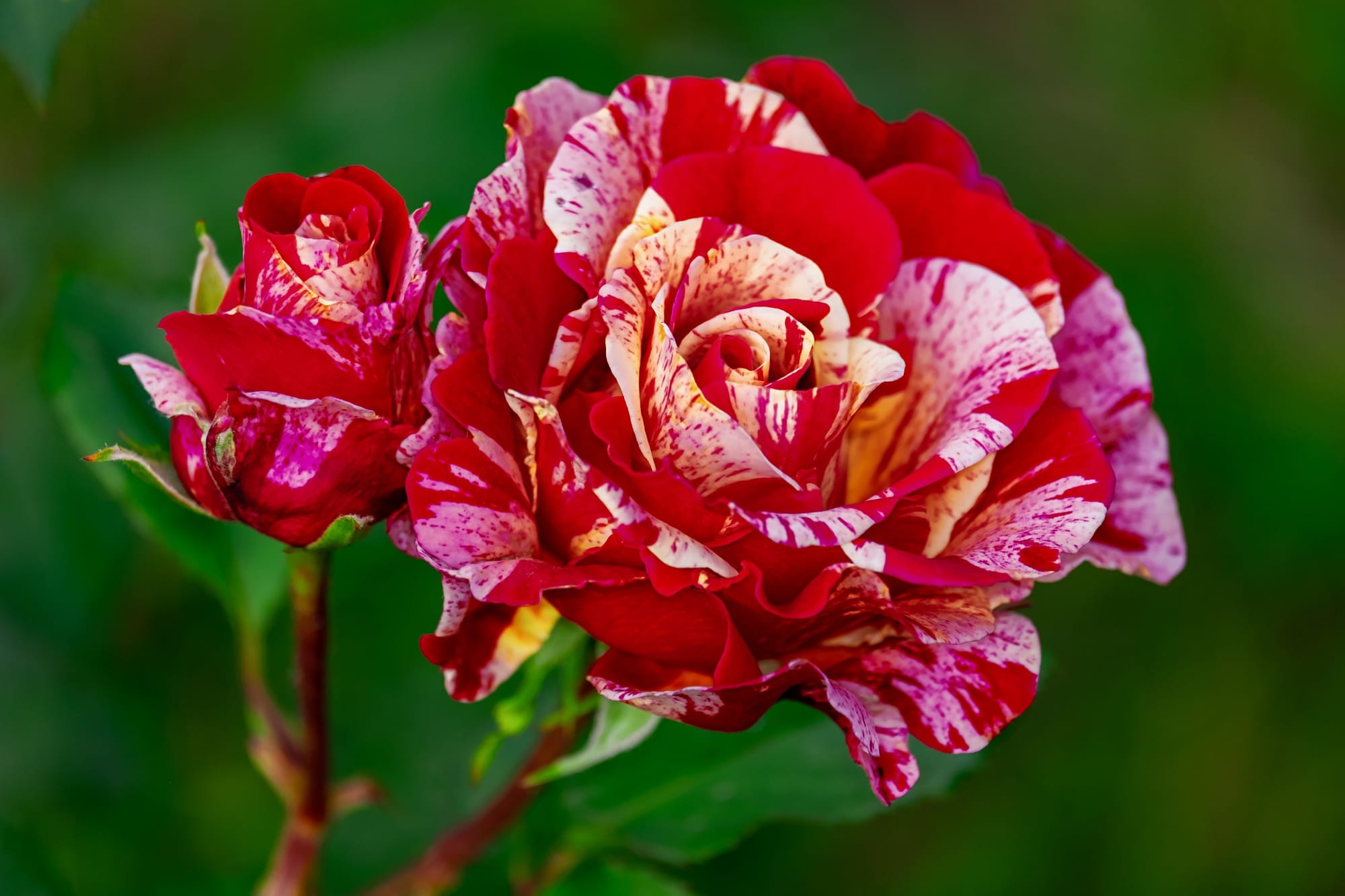The Art of Crossing Flowering Plants: Creating New Varieties
Unlocking Secrets: How Cross-Breeding Techniques Apply Universally Across Diverse Flower Species

Over the years, I've noticed patterns developing as I began to cross more and more flowers. The similarities were so great that I could often troubleshoot various problems by thinking back on how I handled similar situations with other flowers. However, some flowers have more variables than others, which can create some differences. Much of the information I'm presenting is based on observations from my own plant crossing experiences, so it's not entirely definitive.
Why Cross Flowers?
There are several reasons why you might want to cross flowers, including:
- New colors
- Creating unique petal or flower shapes
- Developing different flower sizes
- Producing sturdier plants
- Enhancing disease resistance
- Increasing weather tolerance
- Boosting flower production
Fine Tuning Crosses to Pull out Specific Traits
In the absence of diversity, you get homogeneity. For example, if you have two orange zinnias and cross them, you could get many orange zinnias. But if you consistently pull out all the colors except orange and continue to cross orange flowers year after year, eventually, you'll mostly get orange flowers. This is important if you're trying to isolate characteristics or fine-tune a flower variety to produce consistent results from seeds. Hybridizers achieve this by isolating only the desired traits, such as orange zinnias, in a controlled environment to exclude outside pollen.
Controlled Pollination Techniques
When you use an organza bag on a dahlia bloom and pollinate the flower by hand using a brush with another flower, you're allowing limited genetic information to enter your crosses for a more specific outcome. This method helps achieve desired traits more consistently.
Propagation Methods
Creating new flower varieties through seeds is just one method. For example, if you grow a new dahlia variety from seed, you can propagate it by tuber division or cuttings to clone the original plant, ensuring identical flowers. Another method is to propagate a sport, a naturally occurring variation in the plant. However, when you propagate through seeds, you do not get a clone or exact duplicate of the parent plants. You get a mix of the two parent plants. The more closely alike the two parent plants, the more alike the resulting flowers will appear.
Differences in Plant Breeding
There are differences in how you grow plants, which can affect your breeding results. Cloning a zinnia you like is more challenging than cloning a dahlia. Each new zinnia plant must start from seed, resulting in slightly different flowers each time. In contrast, dahlias can be grown back every year from a tuber, producing identical flowers each time. I have heard of people propagating zinnias from cuttings, but that has limited practicality. A zinnia also doesn't produce a tuber that can be saved over winter, or be left in the ground over winter in milder climates.

Plant Lifecycles
The lifecycle of the plant you're breeding is an important consideration. For example, zinnia or dahlia crosses might show results within 6 months to a year, while peony crosses could take several years to see a single flower. Growing flowers indoors or in a greenhouse can extend growing periods and facilitate year-round flowering, which is advantageous for crossing plants like pelargoniums.
Pollination Techniques
There are many similarities in crossing different plant varieties. Pollen is taken from the anther of one flower and applied to the stigma of another. The flower receiving the pollen is your mother plant, and by the way, the next generation is more likely to inherit more traits from the mother plant. It's good to keep that in mind if you're trying to move towards a certain characteristic.
Open pollination is a wild card since it allows any pollen from any source to fertilize the flower, often resulting in diverse offspring. The pollen from your neighbor's garden 6 blocks away could find itself being carried over by a bee.
Optimizing Crosses
Crossing similar flowers will achieve results faster, especially if both parents share the desired trait. For example, achieving a patterned rose will take longer if you start with no patterned flowers than if you begin with at least one. And two patterned rose parent plants might result in immediate offspring with the same patterned coloring. Similarly, having both parent plants share the desired bloom style, like a water lily or pom pom dahlia, increases the likelihood of obtaining offspring with that style. If you're trying to pull out traits that don't really exist between two flowers, it might be difficult or even impossible to pull out those characteristics. Often, a trait might appear randomly out of thousands of offspring. You would then have to recognize that trait and isolate it to bring out a new variety. This could mean crossing by self pollination or crossing to another flower in hopes you can pull out the same traits again. Which could also mean going several generations of breeding to improve or even replicate the same results.

Practical Tips for Flower Breeding
- Remove petals: If they block the pollen or stamen.
- Use tools: A paintbrush, Q-tip, or even the anther itself can transfer pollen.
- Position plants: Place plants next to each other to improve cross-pollination chances.
- Indoor pollination: Hand pollinate if no insects are available indoors.
- Infertile varieties: Some flowers may be infertile, only producing pollen or needing to be pollinated by other flowers.
- Self-pollination: Some flowers can self-pollinate, others cannot, and some may yield mixed results.
Record Keeping
Meticulous record-keeping is essential for successful flower breeding. Use plant tags, a computer spreadsheet, or index cards to track crosses, noting the cross date and parent plants. This helps estimate when to harvest seeds and track the development of your crosses.
Freezing Pollen
Freezing pollen can be important if the flowers you want to cross do not bloom simultaneously. Research proper freezing techniques to ensure the pollen remains viable.
Heirloom vs. Crosses
Heirloom flowers, typically around for 50 years or more, produce plants mostly identical to their parents. While crossing two heirlooms may not yield significant variations, they are the foundation for developing new hybrids by isolating specific traits. Some heirlooms may produce offspring that are virtually identical to the parents, such as marigolds. But if you bought a packet of heirloom zinnias, you might get 8 different colors. (More diversity, at least in terms of colors.)
The Journey of Crossing Flowers
You might take into consideration a flower business like Floret Farms, who is doing a lot of flower crosses. If they get some dahlias they like, they will keep the original plants and propagate them by tuber division. Then the seeds they get from those plants can be sold as various mixes depending on which type of plant they came from. There is even a range of how close the plants from seeds might match the parents, ranging from an almost duplicate to "you never know, but you might get something like this."
Some examples might be Apricot Queen Sweet Pea with matching salmon-orange colored flowers. But if you purchased their Dahlia Shooting Stars seed mix, no two flowers are likely to look the same. And many flowers would look dramatically different from others. The first type is simply an apricot salmon colored sweet pea that was isolated from a mix of colors, that was crossed only with other flowers with the same color in a greenhouse or hothouse. And the Shooting Star dahlias were crossed with kind of related open-centered dahlia flowers, open pollinated with potentially hundreds of flowers that might look similar, or might not. You can get laser precision with the outcome, but you can also get large variety. You could locate the two "Shooting Stars" dahlia flowers that were most alike and cross those flowers, which would give you many flowers that were similar to both parents. Then pull out the flowers that weren't as close of a match to the parents, and continue crossing those with each other and the parent flowers. By continually removing the least alike blooms, over time you'll get more homogenized flowers. This would mainly be relevant if you were taking seeds from the flowers and wanted a seed mix that had a more specific outcome like the apricot sweet peas. Otherwise, it would simply be easier to just propagate the original best Shooting Star dahlia by tuber division or cuttings. And you would get exactly the same flowers every time since you have a clone.
There are numerous universal similarities in crossing flowers, whether you're working with pelargoniums, lilies, roses, dahlias, zinnias, sweet peas, peonies, hibiscus, poppies, or a thousand other flowers. Each type of flower presents unique challenges and opportunities for the dedicated breeder. But you would be surprised how many similarities exist between completely different flowers.
© Copyright Terry Aley
The Aley Acres seed shop on Etsy.
Dahlias, Notes from a Gardener book on Amazon.
Floral Art and Landscape Painting Etsy shop.
TikTok, some gardening posts.
